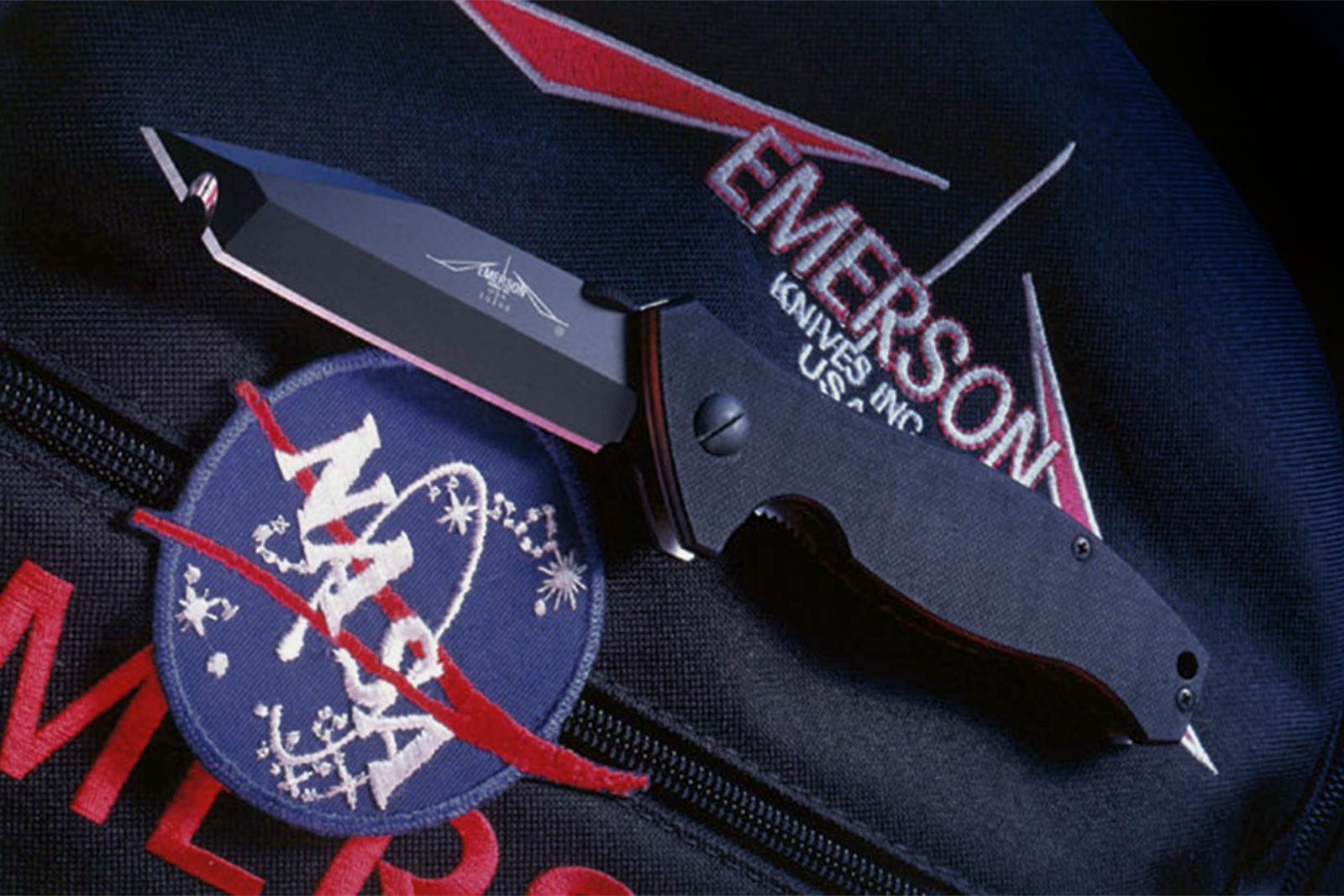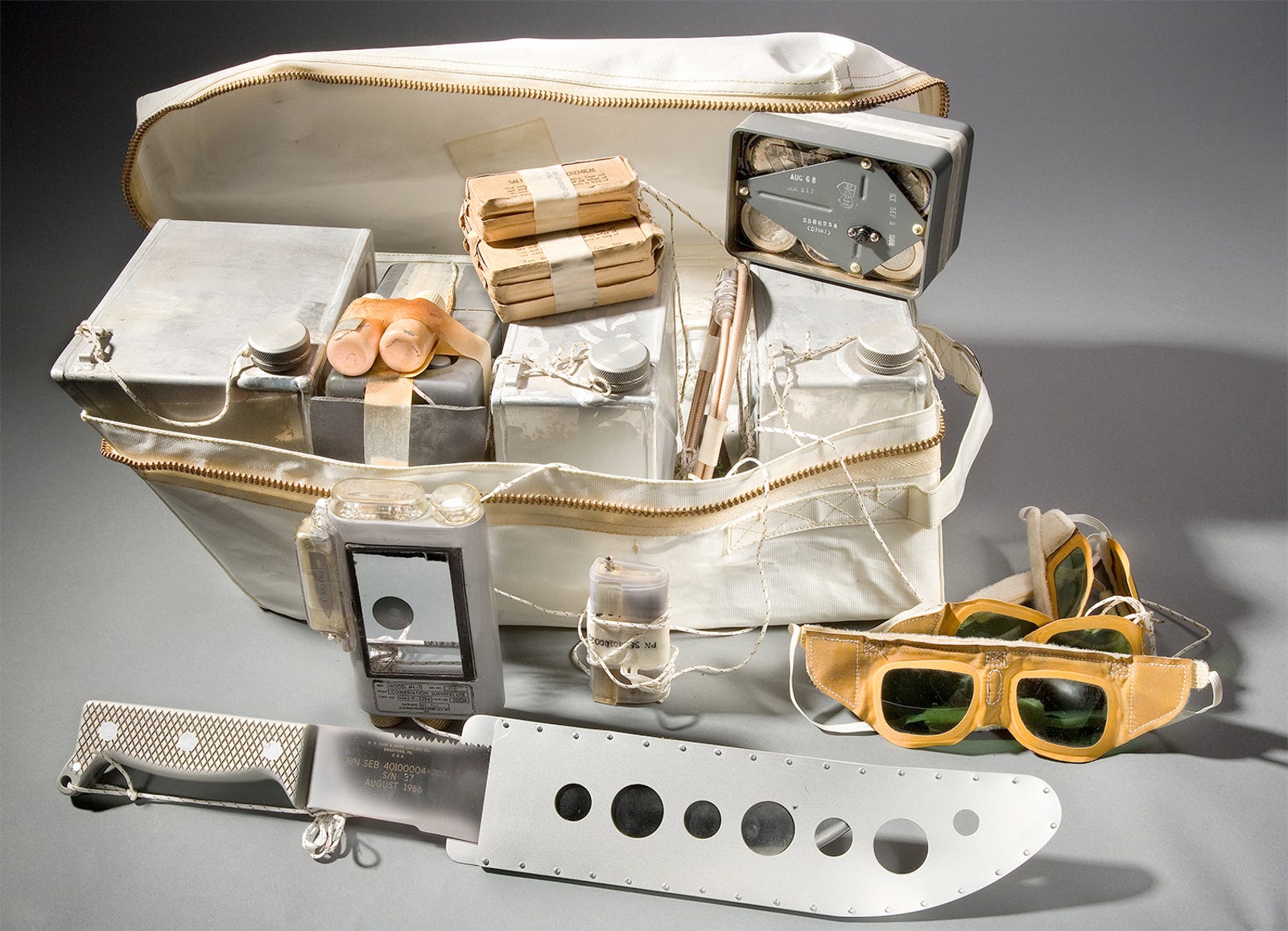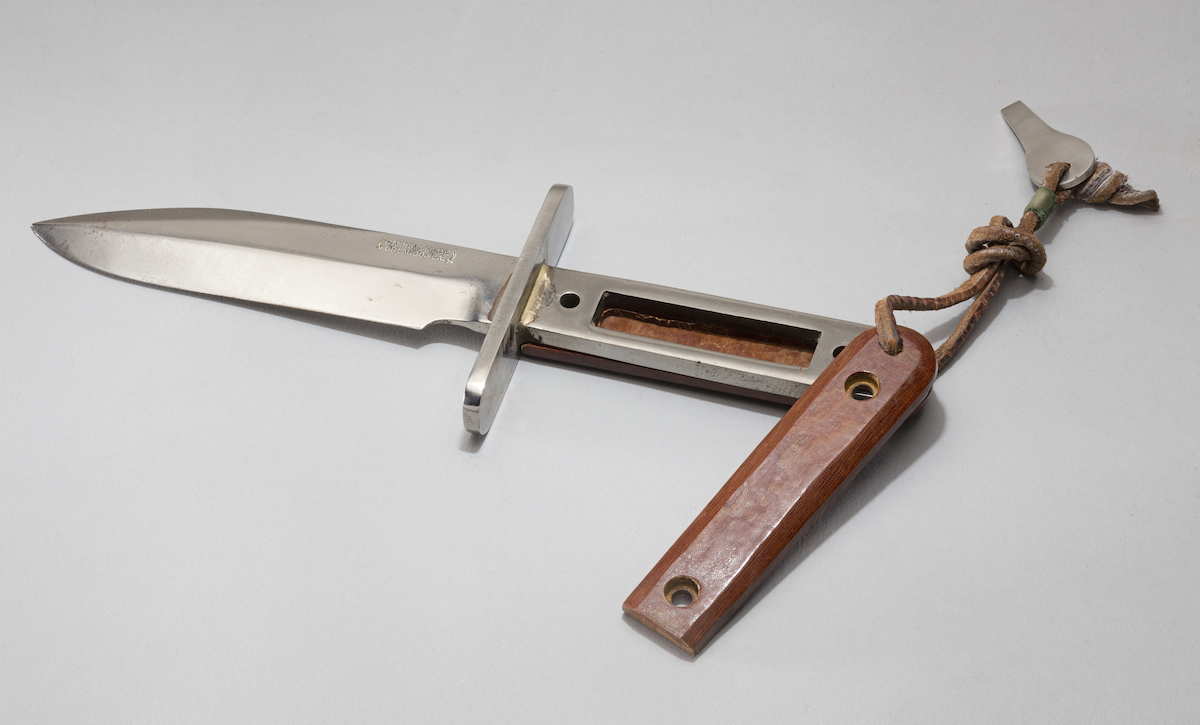Thanks for the lead.
Looks like this was in 2002. I found an excellent article where some of my earlier questions about LEO agencies and the general lack of knife-related policy are addressed.
Some passages:
"Training outweighs restrictive policy when it comes to liability," says Bolke. "A perfect example is that our officers are allowed to hit people with their flashlights. Our department policy treats flashlights as impact weapons, and our officers are trained to use them. So we also wanted to train our officers to use their knives as weapons when a situation gets horrible enough that they have to do it."
Use-of-force specialists say departments who have acknowledged that officers may have to defend themselves with their "pocket knives" have taken a critical step toward a realistic knife policy that gives officers some limited coverage should they ever have to use a knife in a fight. But much work remains. And as seen in the examples of Ontario and Fountain Valley, smaller departments are much more likely to draft knife policies than larger departments.
The Knife, (the police version was modified a bit from this picture)
 200px-EKISark
200px-EKISark by
D P, on Flickr
From the article:
Emerson's P-SARK folding knife is the police version of an Emerson knife that was designed for the U.S. Navy's Search and Rescue teams, the SARK, or Search and Rescue Knife.
The SARK has a distinctive, rounded tip hawkbill blade designed to permit rescuers to slide the 3.6-inch blade under seatbelts and cut them with its serrated edge without stabbing the crash victim. Emerson modified the knife for police use by bringing the blade to a point, but still giving the blade's tip a curve that makes it a poor stabbing weapon but well suited to rescue duties.
Article:
https://www.policemag.com/338938/on-the-cutting-edge



 200px-EKISark
200px-EKISark







 CE-21
CE-21